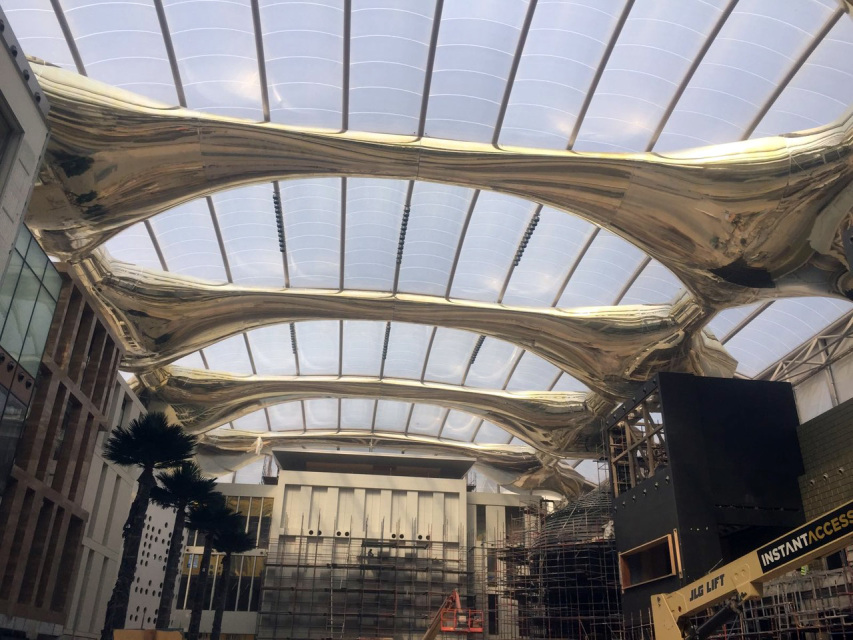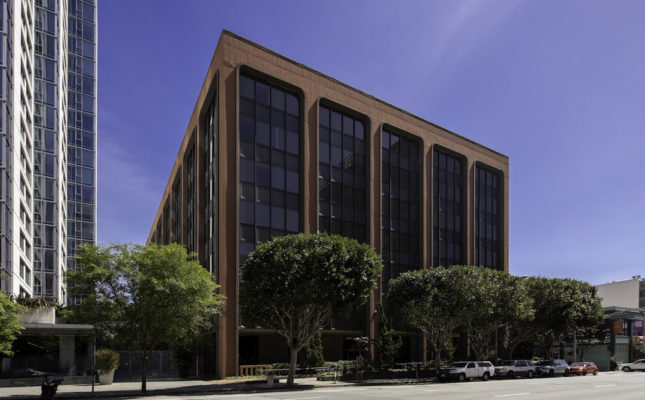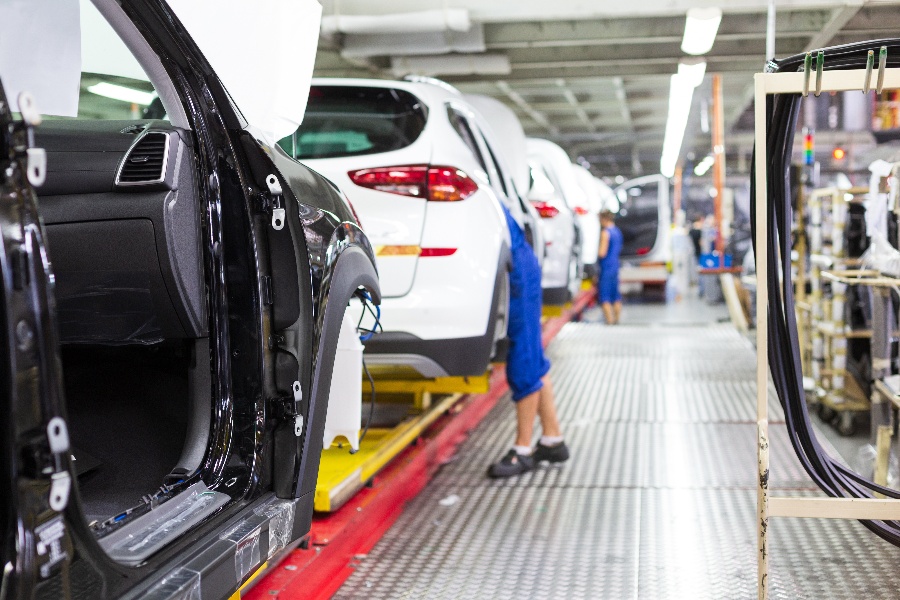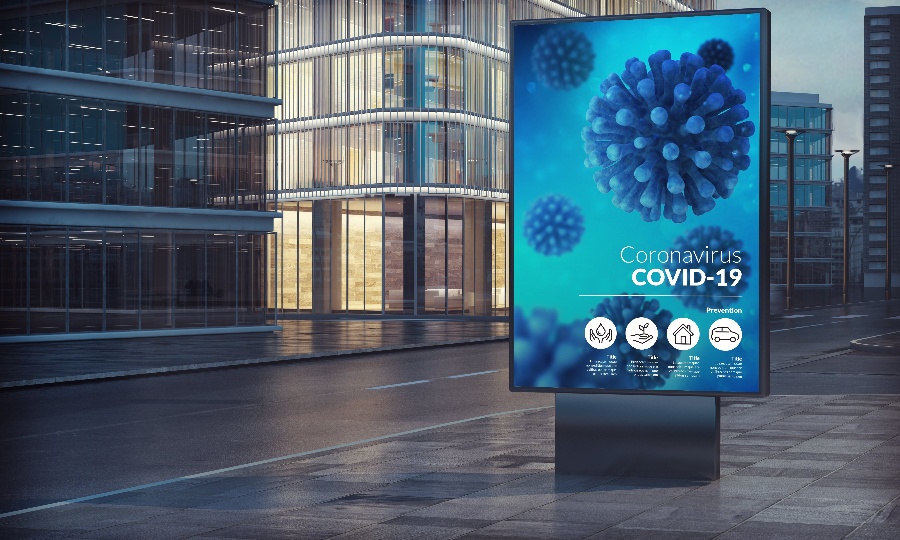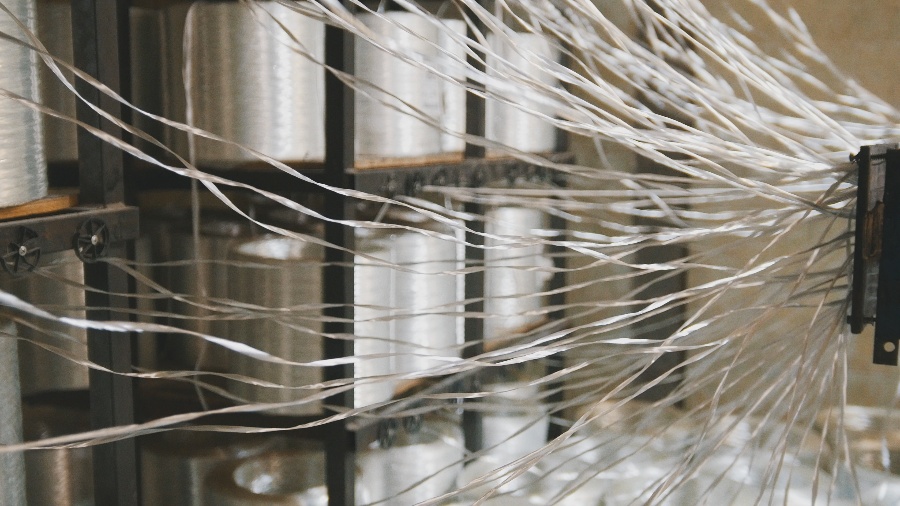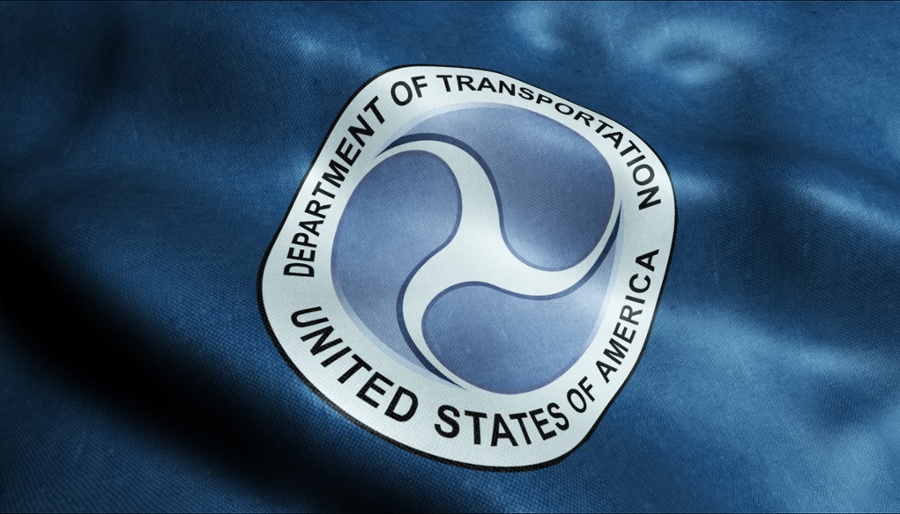
Since the 1960s, Fiber Reinforced Polymer (FRP) composites have been used in construction to create sturdy, long-lasting buildings.
Beginning with FRP composite rebars to reinforce concrete, the world of pultruded products has expanded beyond what anyone had ever thought possible.
Today, FRP composites are used in all facets of construction, and the future is looking bright as densely populated cities move to create vertical structures to accommodate the needs of the commercial and residential areas.
Growing Up, Not Out
The United States is unique in that our country has plenty of space for cities to grow and expand. However, smaller countries with densely-populated cities have had to adapt and improvise in order to continue to grow.
Many urban areas in Europe and the Middle East are expanding towards the sky. Constructing mind-blowing skyscrapers that defy gravity is no easy feat. That’s why FRP composites are considered to be essential in the future of vertical structures.
Digital Design
One of the reasons that the use of FRP composites in vertical construction has skyrocketed in recent years is the way architectural designs are now being created.
While architects used to create 2D drawings of the structures they wanted to build, things have changed in the Digital Age. Now, architects use digital modeling to explore new possibilities in the realm of design.
Digital modeling has given architects the creative and artistic freedom that they haven’t had before. With the ability to explore parametric design, architects can experiment with curves to create some of the most visually appealing buildings in the world.
With the help of pultruded products, these shapely designs can be built in a more cost-efficient manner than with traditional building materials such as steel, wood and concrete.
FRP Composite Panels
The ability to use FRP composite panels in architecture has opened up a whole new world of design possibilities. Lightweight and customizable, these panels can be used in tall parking structures, residential buildings, and even skyscrapers.
One great example of FRP composite panels being used in a practical way can be seen at the Hospital of the University of Pennsylvania. Currently in the process of building a new parking structure, the architects will use FRP composite panels to create a rotating design with molded cutouts.
This particular design will eliminate the need for a sprinkler system throughout the garage due to the optimized airflow. If one were to attempt to cut out holes in steel, it would compromise the integrity and strength of the material.
On the flip side, pultruded products are known for their strength and rigidity even when cutouts are made.
Furthermore, FRP composite panels weigh significantly less than their traditional counterparts. For example, one FRP panel will weigh approximately 2 pounds per square foot, while conventional materials can weigh up to 8 pounds per square foot.
Put yourself in the shoes of a construction worker for a moment. Which set of panels would you prefer to spend your day installing?
Lightweight and Durable
Just because FRP composites are lightweight, that doesn’t mean they are weak. In fact, pultruded products are not only strong, but they are also resistant to heat, corrosion, moisture, insets, and even exposure to weather.
Wood is highly flammable and can rot without preventative chemical treatments. Steel can be compromised by water damage, chemical exposure, and rust. Both materials are conductive, which can be very dangerous in vertical structures.
If a fire breaks out on the top floor, the people working and/or living inside the building need to have peace of mind that the entire building won’t collapse from thermal damage. This is where FRP composites come in.
FRP products are non-conductive. This means that they are protected against electrical and thermal damage. Because of the various specialty resins and the different kinds of fibers used during the pultrusion process, FRP products are far more resilient than any other construction materials.
FRP Composites for Aesthetics
Not only can pultruded products be used to reinforce structural integrity in vertical buildings, but it can also be used for aesthetic purposes. Using FRP products as a facade can help the building stand out on the inside and the outside.
FRP panels can be made with various finishes to complete a specific design. For example, the Avenues Mall in Kuwait used FRP composites with a chrome-like finish on the inside of the roof trusses.
If you find yourself walking through the mall and you look up, you will see 192 composite panels reflecting back down at you. What’s even cooler about this design choice is that most people don’t realize that the ceiling is not made of metal.
It is, in fact, a series of FRP composite panels that have been coated with a special spray that left the panels gleaming.
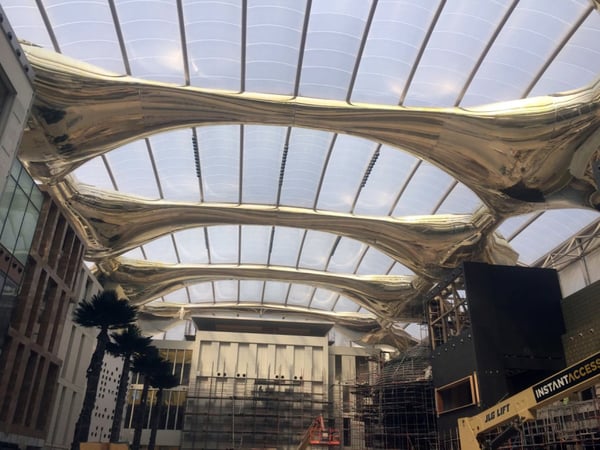
Pic Credit: alamy.com
Meanwhile, you can also see aesthetically-pleasing pultruded facades here in the United States.
The Lucas Museum of Narrative Art in Los Angeles (currently under construction till 2021) has used about 1,500 FRP panels in the vertical construction of the building.
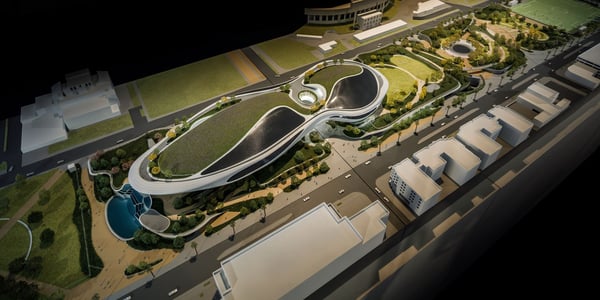
Pic Credit: Lucas Museum of Narrative Art
Currently, the architects are working on decorative skin that will serve as a weatherproof wall for the museum.
FRP Products and Concrete Foundations
Everything in building starts with a concrete foundation. This is the quintessential rock that all structures are built on. Unfortunately, concrete is known for having a relatively low tensile strength.
To make it last longer, steel rebars are traditionally used during construction. However, the main issue with steel is corrosion. With FRP composites, corrosion is not an issue.
Pultruded products are perfect for reinforcing concrete foundations in vertical structures because these building pieces will not succumb to corrosion over time like steel.
Tencom
For over 22 years, Tencom has been a leader in providing pultruded products to various industries including utilities, infrastructure, and construction. We create a variety of fiberglass products including rods, angles, poles, channels, tubes, bars, sporting goods, and more. We also offer specialty resins to suit your specific needs.
If you would like to speak with an expert about customizing your pultruded products, get in touch with us today.

